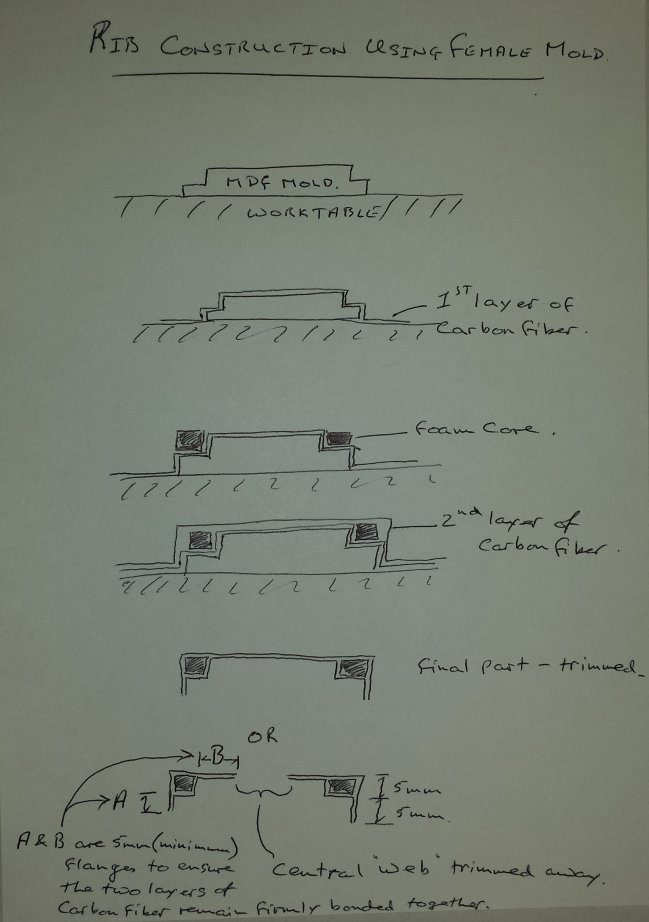Hi Phil.
When I saw you did rib I was dimmed with tears. So much carbon fabric and epoxy was going to waste, just awful.

Do not get me wrong, I'm not greedy, I just economical, especially at this price on carbon fabric.

I thought that if I use unidirectional carbon fabric that can take half the weight fabric. To the carbon factory that you are using does not work half of the fibers.
Using unidirectional carbon fabric pieces can be neatly cover the carbon fabric rib rack, and then the whole loop around the perimeter with overlapping layers of carbon fabric on the racks. To fix all this thread does not have any waste almost no carbon fabric, a large consumption of epoxy. Another bonus - no need to drill and milled parts, resurfacing only light in the right places before gluing.
How do you like this idea?
Val.
